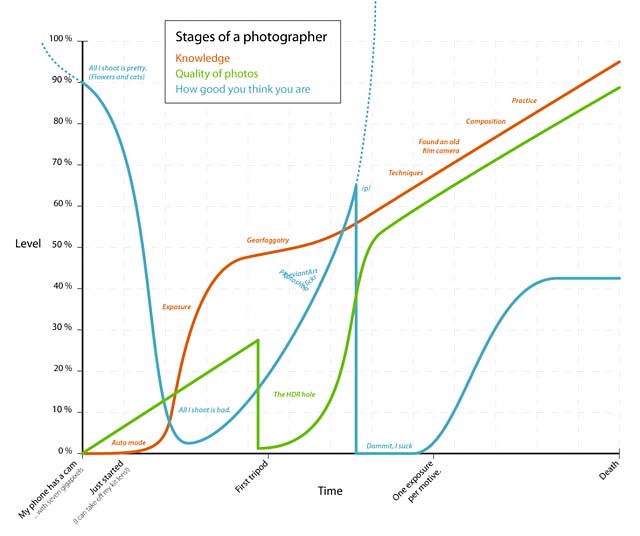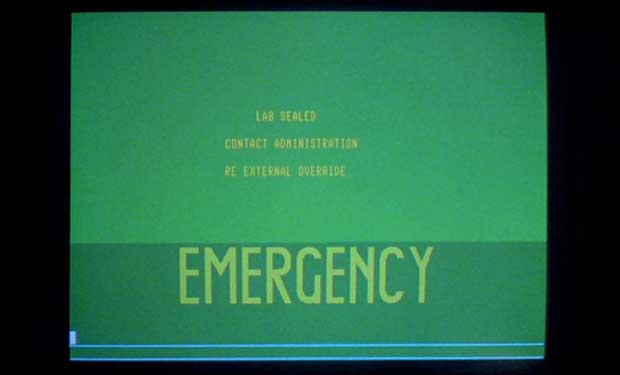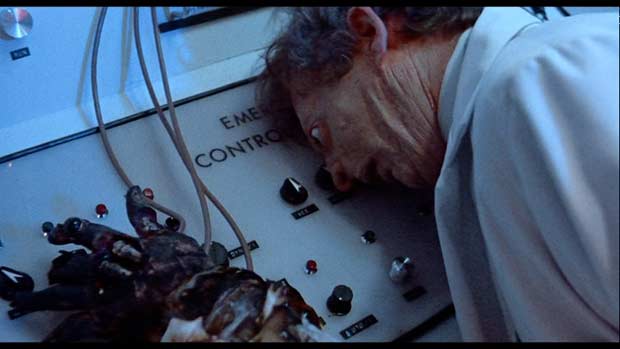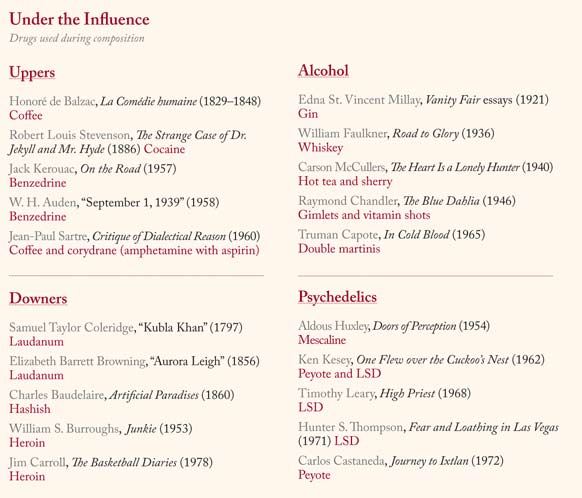
Brain injuries caused by strokes, tumors or head trauma can, on occasion, result in Unusual Changes in Sexuality, as discussed in an earlier blog post. A new case report by Bianchi-Demicheli et al. (2010) describes a unique paraphilia in a married 34 year old man. The authors called it Sleeping Beauty paraphilia:
This [man] felt sexually aroused from seeing sleeping women as well as from taking care of their hands and nails while they were asleep.
The patient came to the attention of the authors when he was brought to the emergency psychiatric unit after assaulting his wife with pepper spray while wearing a latex mask.
{ The Neurocritic | Continue reading }
photo { Helmut Newton }
brain, relationships, sex-oriented |
April 22nd, 2010
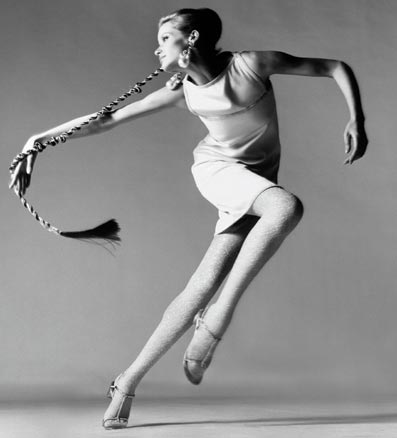
The lure of instant gratification is hard to resist: when we want something, we want it right now. Of course, maturity and reality demand that we learn to wait, that we postpone our pleasures until tomorrow and tomorrow and tomorrow. And so we stash money in our savings account, and forgo the SUV for the sake of climate change and don’t eat the entire pint of ice cream. We resist the tug of immediate delight for the sake of even more delight in the future.
That, at least, is how we’re supposed to behave. The problems arise with a mental process known as delay discounting, which refers to our tendency to discount the value of a future reward as a function of its temporal distance.
{ The Frontal Cortex/ScienceBlogs | Continue reading }
photo { Richard Avedon }
psychology |
April 22nd, 2010

An unprecedented number of tiny, ocean dwelling organisms have been catalogued by researchers involved in a global survey of the world’s oceans.
One of the highlights was the discovery of a vast “microbial mat”, covering an area equivalent to the size of Greece.
Microbes are estimated to constitute up to 90% of all marine biomass.
The findings form part of the Census of Marine Life (CoML), a decade-long project that will present its full results in October.
“In no other realm of ocean life has the magnitude of Census discovery been as extensive as in the world of microbes,” said Mitch Sogin, leader of the International Census of Marine Microbes (ICoMM).
“Scientists are discovering and describing an astonishing new world of marine microbial diversity and abundance.” (…)
The team, involving researchers from the Netherlands and the US, collected samples from more than 1,200 locations, which resulted in the compilation of a dataset containing in excess of 18 million DNA sequences.
CoML researchers suggested that the total number of marine microbes, based on molecular characterisation, could be in the region of one billion species.
They added that the micro-organisms were vital for sustaining life on Earth, as they are responsible for about 95% of respiration in the oceans.
{ BBC | Continue reading | video }
artwork { Roy Lichtenstein, Girl in Water, 1965 }
animals, science |
April 22nd, 2010

It’s hard to get good payoffs from slot machines, yes. But it’s also hard to get good information from slot-machine gamblers, and that made things awkward for psychologists Mark Griffiths, of Nottingham Trent University, and Jonathan Parke, of Salford University. They explained how, in a monograph called Slot Machine Gamblers – Why Are They So Hard to Study?
Griffiths and Parke published it a few years ago in the Electronic Journal of Gambling Issues. “We have both spent over 10 years playing in and researching this area,” they wrote, “and we can offer some explanations on why it is so hard to gather reliable and valid data.”
Here are three from their long list.
First, gamblers become engrossed in gambling. “We have observed that many gamblers will often miss meals and even utilise devices (such as catheters) so that they do not have to take toilet breaks. Given these observations, there is sometimes little chance that we as researchers can persuade them to participate in research studies.”
Second, gamblers like their privacy. They “may be dishonest about the extent of their gambling activities to researchers as well as to those close to them. This obviously has implications for the reliability and validity of any data collected.”
Third, gamblers sometimes notice when a person is spying on them.
{ The Guardian | Continue reading }
economics, leisure, psychology |
April 22nd, 2010
experience, photogs |
April 22nd, 2010
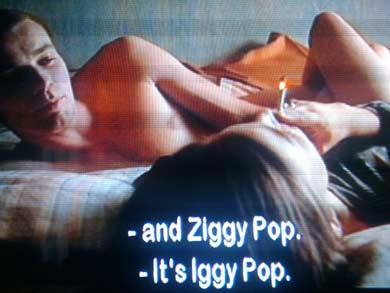
It seems you’re more likely to die from a heart attack when having sex while having an affair, than during sex with your regular partner, although this seems largely to apply to men.
A case report in the Journal of Forensic and Legal Medicine reports on the death of a woman who had a heart attack during extra-marital sex, something unusual in women. This is not conclusive evidence for the link between heart attacks and affairs in itself, of course, but the article reviews some suggestive evidence about sex, risk of death, physical and psychological stress.
{ MindHacks | Continue reading }
health, relationships, science, sex-oriented |
April 22nd, 2010
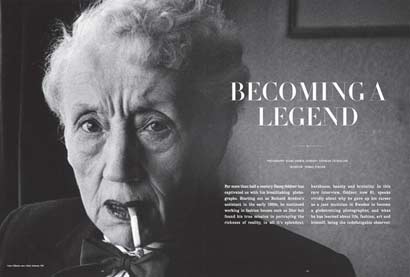
Why human lifespan is rapidly increasing: solving “longevity riddle” with “revealed-slow-aging” hypothesis.
Healthy life span is rapidly increasing and human aging seems to be postponed. … To explain current increase in longevity, I discuss that certain genetic variants such as hyper-active mTOR (mTarget of Rapamycin) may increase survival early in life at the expense of accelerated aging. In other words, robustness and fast aging may be associated and slow-aging individuals died prematurely in the past. Therefore, until recently, mostly fast-aging individuals managed to survive into old age. The progress of civilization (especially 60 years ago) allowed slow-aging individuals to survive until old age, emerging as healthy centenarians now.
{ fightaging | Continue reading }
genes, science, time |
April 22nd, 2010
uh oh, visual design |
April 22nd, 2010
science, video |
April 22nd, 2010
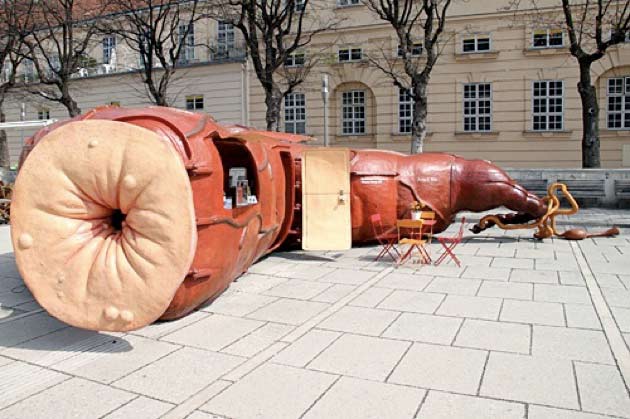
{ The BarRectum was an actual bar built inside a giant anatomical model representing the human digestive system, from tongue to anus | via Boing Boing | Thanks PP }
gross, leisure |
April 22nd, 2010

{ Designer Patrick Sung’s Universal Packaging System is meant to precisely fit anything that needs shipping. The individual cardboard sheets are scored with a triangle pattern that can either be fitted to an oddly shaped object, or formed into a custom fitted cardboard box. | Fast Company | Continue reading }
economics |
April 22nd, 2010
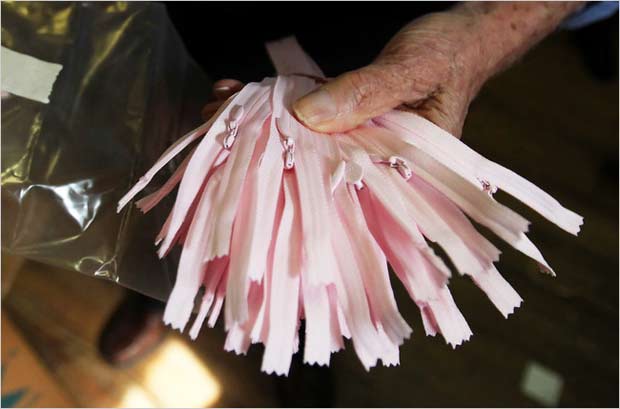
{ How many zippers does he have? “One million, millions, I don’t know — more than a million,” said Mr. Feibusch, 86, a zipper man going on 70 years. Anyway, he can find you a zipper. “Tell me what size and what length and I’ll give it to you within 30 seconds,” he vowed. | NY Times | Full story }
fashion, new york |
April 22nd, 2010

Critics tend to declare that Marcel Duchamp’s urinal, entitled “Fountain”, is the most important artwork of the 20th century. Yet its standing as a collectable object has always lagged behind its value as an idea. The work questioned notions of authenticity when Duchamp first purchased the mass-produced plumbing fixture and signed it “R. Mutt” in 1917. Now, over 40 years after the artist’s death, the problem of legitimacy remains relevant as unauthorised urinals have been discovered circulating in Italy. The art world loves paradoxical conceptual gestures, but it seems that someone might be taking the piss.
“Fountain” was the first ready-made that Duchamp engineered for scandal. The artist was a member of the board of the Society of Independent Artists, whose exhibition had no jury and was set to be the largest in America. He knew that most people would perceive the work as a prank, particularly if submitted by an unknown Richard Mutt from Philadelphia. When the board duly voted against it, Duchamp and his chief patron, Walter Arensberg, resigned in protest—a story that was swiftly leaked to the New York papers.
The ready-made had its public debut a few weeks later in an art magazine called the Blind Man. A photo of the urinal by Alfred Stieglitz was published alongside the founding manifesto of conceptual art, which included the words: “Whether Mr Mutt with his own hands made the fountain or not has no importance. He CHOSE it.” The urinal then went the way of many of Duchamp’s early ready-mades; it was smashed or trashed. So insignificant was the porcelain pissoir at the time that no one can remember exactly what happened to it.
“Fountain” was not a coveted art object until well after the second world war, when Duchamp became a cult figure among Pop artists. In response to the art world’s desire to see his legendary lavatory, Duchamp authorised curators to purchase urinals in his name in 1950, 1953 and 1963. (The first is in the Philadelphia Museum of Art, the second is lost and the third sits in the Moderna Museet in Stockholm.) Then in 1964, in association with Arturo Schwarz, a Milan art dealer, historian and collector, the artist made the momentous decision to issue 12 replicas (an edition of eight with four proofs) of his most important ready-mades, including the urinal. Mr Schwarz, now 86, went on to write the artist’s catalogue raisonné—a scholarly book meant to document the complete works of Duchamp.
{ The Economics | Continue reading }
photo { Stephen Shore, New York City, New York,
September-October, 1972 }
art, flashback |
April 22nd, 2010

{ stereohell, 2008 }
flashback, relationships, visual design |
April 22nd, 2010
guide, new york, technology |
April 21st, 2010

I think the same is true of sex thoughts. People often say they spend a lot of time thinking about sex, but when you beep them they very rarely report it. It’s probably that our sex thoughts, though rare, are much more frequently remembered than other thoughts and so are dramatically overrepresented in retrospective memory.
{ Experimental Philosophy | Continue reading }
photo { Helmut Newton }
ideas, psychology, sex-oriented |
April 21st, 2010
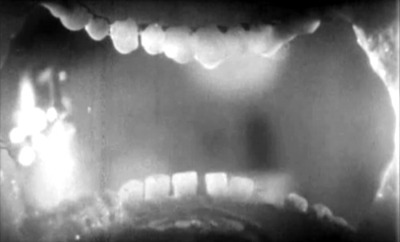
In a rented room between a Southwest Side auto body yard and a scrap metal facility, Francisco Rendon allegedly performed dental work on willing patients, despite not having a dentist’s license, authorities said. (…)
Rendon, 49, clandestinely ran a dentist’s office equipped with syringes, painkillers and dentures. (…)
Instead of sitting in a traditional reclining dentist’s chair, patients sat in a leather office seat, according to police reports. The reports said that Rendon, 49, worked on teeth using something similar to a power tool usually used for polishing metal and that patients spit into a garbage can instead of a sink. Rendon told police he had a dental license he said he had earned in Mexico.
That seemed to be enough for his clientele, police said. Officers arriving to investigate an anonymous tip found five persons waiting to be treated.
{ Chicago breaking News | Continue reading }
related { Venezuelan police have arrested a man and woman accused of impersonating plastic surgeons and providing women with silicone breast and buttock implants from an illegal clinic in an apartment. }
gross, health, teeth |
April 21st, 2010
kids, video |
April 21st, 2010






